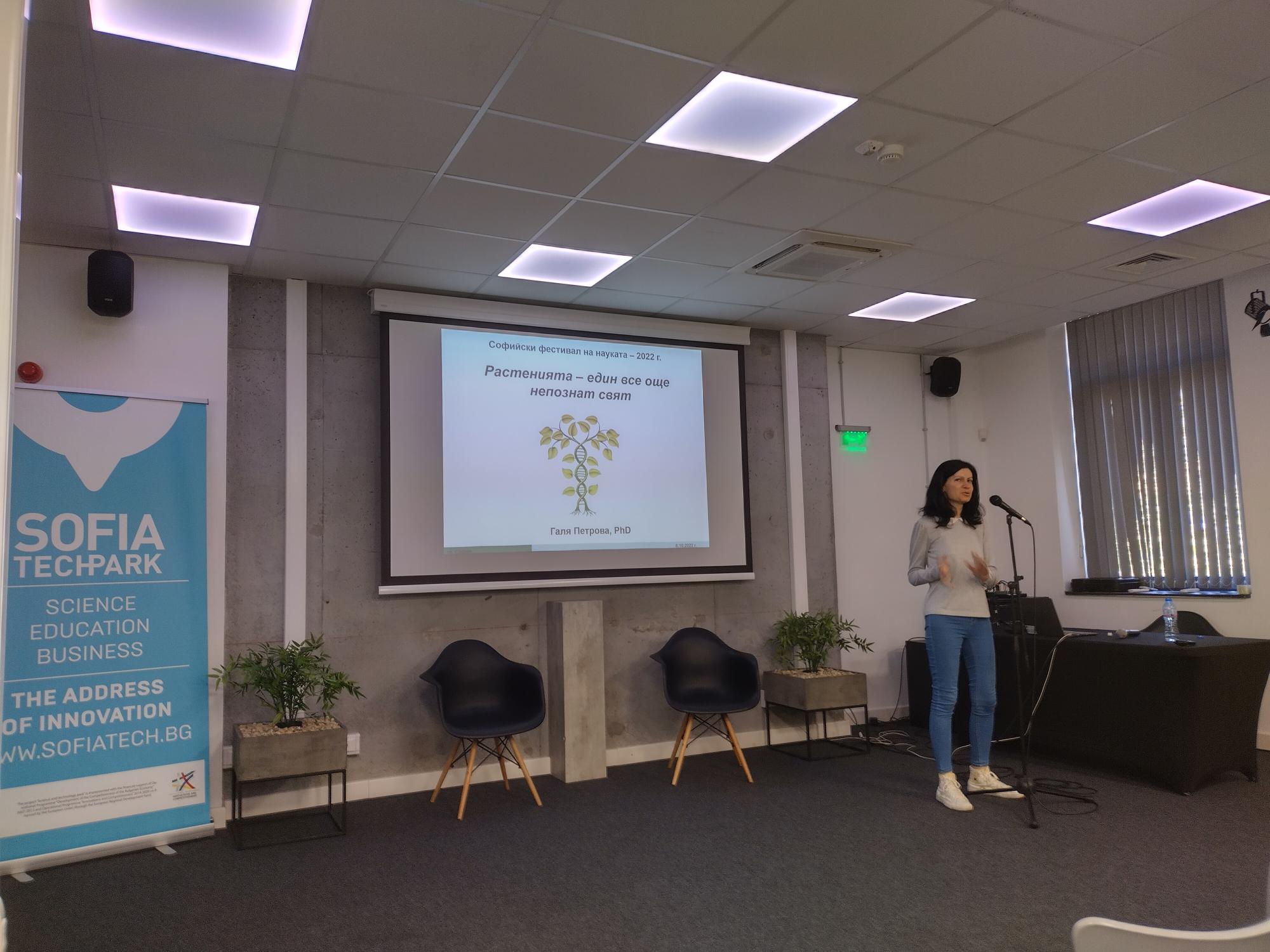What is a biodiversity hotspot? It stands for a bio-geographical region with concentration of biodiversity that endangered by human activity. Only 38 sites worldwide are biodiversity hotspots and just 3 of them are in Europe. Bulgaria is located inside one such hotspot due to its favourable climatic conditions. Species of the Lopen genus used for healing purposes can only be found here.
Biodiversity on Bulgarian territory is essential for agriculture because of the genetic diversity that provides information about the plants’ past, present and future: under what climatic conditions they have developed and how they have modified to be able to survive. The drivers of genetic diversity are the natural selection, the genetic flow (plants exchange genes) and the genetic drift (loss of genes in plants).
Published research on the plants in Bulgaria is scarce, which makes their study and promotion complicated. The team led by Galya Petrova, PhD in genetics and assistant professor at the Medical University of Sofia explores the evolution and genetic diversity of rare and endemic plant species of the Bulgarian and European flora and in particular the DNA matrix of the Haberlea flower. The DNA matrix helps produce maps of various plants containing important information about the species.
The team studies Haberlea because the flower is famous for drying up completely during times of draught and then recovering 100% after the first rain with no damages and resuming the photosynthesis. The flower itself falls under the protection of NATURA 2000. The species has survived since the Ice Age and is a contemporary of dinosaurs. In the past it was used to treat FMD in animals and is currently applied in the treatment of tumors. Haberlea is also found in Greece, but it is less spread there because of the frequent draughts and fires. The research team has proven that only one type of Haberlea exists and it inhabits precisely these two countries.
Dr. Petrova created a complete collection of Haberlea in different stages of development in invitro environment, which guarantees that if the species is lost in its natural environment, it can be fully recovered. This incubator is stored in the AgriBio Institute (ABI) of the Agricultural Academy in Sofia. The genes of this flower are explored exactly for its unique capability to fully recover after drying. If isolated, these genes can be used to help agricultural crops survival during times of draught.



